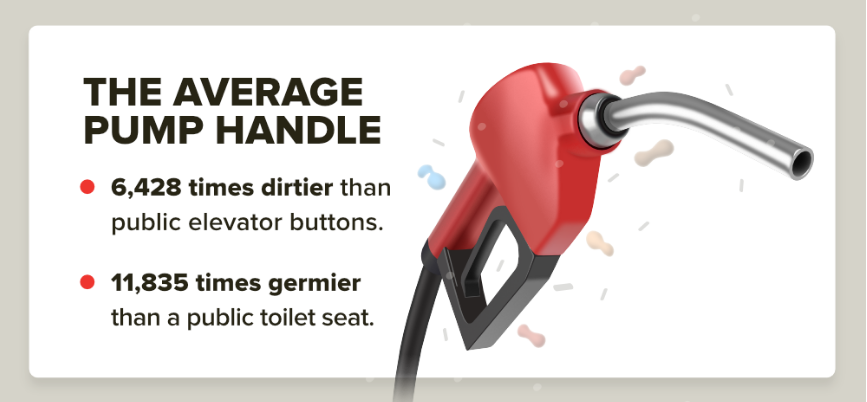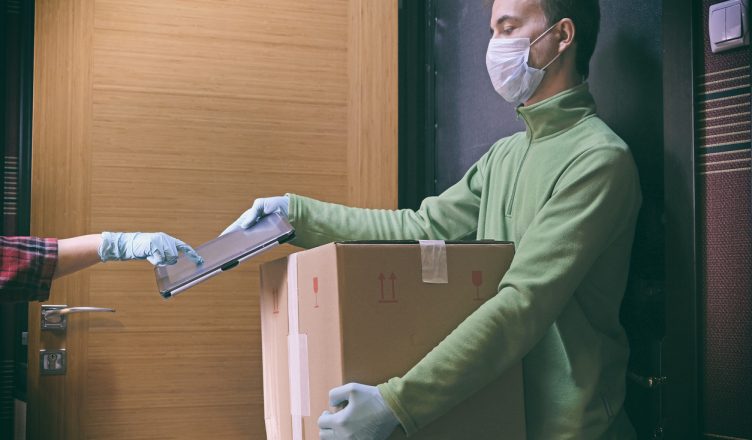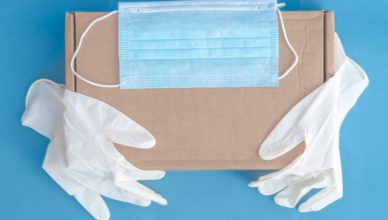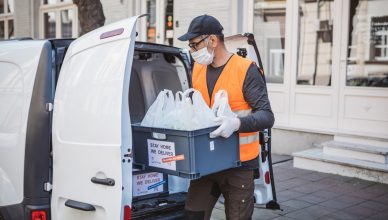On 14 April, there were over six hundred thousand cases of COVID-19 in the US and more than 25,000 reported deaths. One of the most advised ways to flatten the curve is to exercise social distancing by staying home. So, groceries are being purchased online, medications are being delivered, and delivery drivers are busier than ever. This increased demand for delivery has also increased delivery drivers’ exposure to COVID-19 infection.
As the owner of a logistics company, you should communicate openly with your drivers to make them aware of the potential risks of this highly infectious global pandemic. Such effective communication will also demonstrate that you are monitoring the situation and trying to keep your drivers healthy and safe.
Below are some fleet safety tips you can share with your drivers.
Encourage Frequent Hand Sanitization
Inform your food delivery drivers that the best way to prevent the spread of coronavirus is to wash their hands regularly with soap and water for 20 seconds and to sanitize their hands using an alcohol-based sanitizer every time they step out of their vehicles, deliver a parcel or serve a customer. In this way, they will prevent contaminating their vehicles with germs which they might have picked up elsewhere. To facilitate these proper sanitization practices, ensure there are adequate supplies of soap, alcohol-based hand sanitizer, and wipes in the vehicles.
Want To See For Yourself How Route4Me Can Boost Your Profits?

Wear Gloves when Touching Fuel Pumps
No matter how great mileage your vans get, your drivers will have to stop at a fuel station and grab the same pump handle that thousands of other drivers have touched. Yet, according to one report, the average fuel pump handle is more than 11,000 times dirtier than a public toilet.

[Image source]
So, even if your drivers sanitize their hands every 10 minutes, visiting fuel stations will make coronavirus infection much more likely. So, tell your drivers to wear protective gloves when using fuel pumps and ensure that they discard the gloves properly to avoid contamination.
Disinfect Vehicles Every Day
According to a survey, 32% of drivers clean the inside of their vehicles only once a year and almost 12% never clean the inside of their cars. These findings are scary. If you’re like the third of Americans who rarely wash their vehicles, you’ve probably never considered how many germs are crawling over the surfaces of your vehicle or where those germs are coming from. Some of the most infected surfaces in your vehicle include the steering wheel, door handles, gear-shift knob, seatbelts, radio dials, cup holders, and dashboard. To prevent the coronavirus infection, wipe down these frequently touched surfaces with disinfectant wipes multiple times a day or after each grocery delivery.
Optimize Routes
Do not plan too many stops. Instead, be strategic about where and how many customers you will serve in a day as this will reduce your drivers’ exposure to potential infection. To do so, plan your routes in such a way that you can serve the maximum number of customers in the minimum amount of time. You can use route optimization software to plan shorter and faster routes.
Prefer Contactless Payments
Your drivers and field employees should avoid using cash and cards when taking payments. Instead, they should insist on using contactless payment methods, such as Apple Pay, Samsung Pay, and Google Pay. Such contactless payment methods will significantly reduce contact to commonly touched surfaces like credit card terminals at checkout, thereby reducing the risk of exposure.
Conclusion
During the COVID-19 pandemic, fleet managers must take adequate safety precautions, watch out for early symptoms in their drivers, and plan for emergencies. These are uncertain times and taking a cautious, yet thoughtful, approach appears to be the best solution.
Want To See For Yourself How Route4Me Can Boost Your Profits?



